Source: Tencent Technology
Key points
① Through strict cost-cutting measures, Musk will reduce its Tesla, SpaceX and X Build into an industry-leading enterprise.
② SpaceX has achieved significant reductions in manufacturing costs and accelerated production speed by streamlining rocket design and removing redundant components.
③ Tesla insists on using cameras instead of radar sensors for autonomous driving technology, which can save 4/5 of the cost.
④ Not only did X drastically lay off employees, it even stopped paying for office cleaning services, forcing employees to bring their own toilet paper to work.
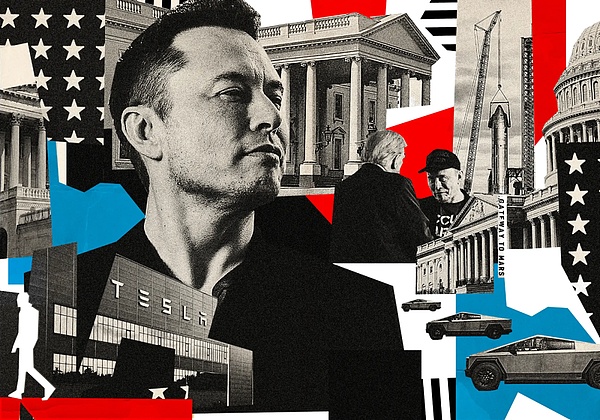
According to the "New York Times" report, regarding the cost control of its companies, Elon Elon Musk has always maintained an almost harsh attitude. Through rigorous cost-cutting measures, he took a meticulous look at every expense in the company, tending to over-cut to avoid any possible waste. These cost-control strategies could be introduced into the U.S. government's operations during Donald Trump's second term as president.
On a Saturday morning in December 2022, Musk convened a meeting with the top financial executives of Twitter (now renamed X), six weeks after he completed the acquisition. Musk found that even though Twitter had laid off more than three-quarters of its employees, the expenses of the remaining more than 1,500 employees were still out of control, which made him extremely dissatisfied.
In the lengthy meeting that followed for six hours, Musk went through the company’s expense details item by item and demanded detailed explanations for each expense. He directly ordered the cancellation of some unnecessary expenses, such as executive car services. When an employee working on a large contract to secure the site tried to argue, Musk pointed out that Tesla spent far less than Twitter on the same task and said he was no longer fit to continue working at Twitter.
This meeting fully demonstrated Musk’s consistent style of cost cutting. He has always paid close attention to and personally participated in the cost cutting efforts of his companies, including Tesla, SpaceX and Twitter. Musk has gone to the extreme in cost cutting, sometimes even breaking the normal flow of company operations to await subsequent repairs. He relentlessly drove down prices when negotiating with suppliers, even bypassing traditional suppliers to make cheaper parts himself.
Jim Cantrell, SpaceX’s vice president of business development, once commented: “Musk used to be a god-like figure, but now, he is more like a shrewd businessman. He is eager to cut all expenses to a minimum.”
Today, Musk’s net worth exceeds $307 billion, and his budget-conscious approach is about to be applied to the US government. Trump has nominated Musk and another loyal supporter Vivek Ramaswamy to co-lead the newly created Department of Government Effectiveness (DOGE). Trump said the department will push for "fundamental changes" aimed at achieving large-scale layoffs by July 4, 2026, by cutting redundant spending across U.S. government agencies.
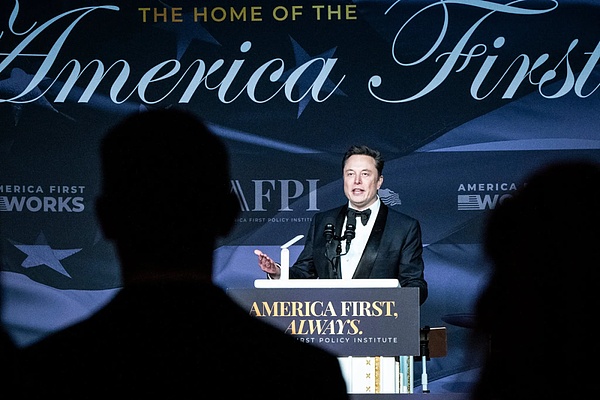
Musk is confident in this mission. Recently, he has made several Making remarks criticizing the inefficiency and waste of the U.S. government shows that he is ready to lead the government to carry out drastic reforms.
1 Musk is sharpening his knives
Last month, at a rally in support of Trump, Musk Promised to cut the U.S. annual budget by $2 trillion, which accounts for approximately 30% of the total budget. He also proposed that government workers should submit a weekly list of work accomplishments as a way to demonstrate the value of their work. At the same time, Musk half-jokingly said that the U.S. government actually only needs 99 departments, instead of the current huge number of more than 400.
However, the prospect of Musk applying these cost-cutting methods that have worked well in business to the U.S. government has some people who have experienced his cuts first-hand deeply concerned.
Lara Cohen, former vice president of marketing at Twitter, said: “When Musk and his team entered the company, they came with many assumptions and believed that the value of the entire team was not high. They An unwillingness to listen to employees who actually did the work, especially when those employees questioned their assumptions, led to many bad decisions."
Despite Musk's budget. The reduction strategy has sometimes caused confusion and controversy, but it has also helped at least one company avoid bankruptcy and helped others stand out in a fierce market competition. He successfully built Tesla and SpaceX into industry leaders while maintaining a low-cost operating model.
At X, Musk also launched a large-scale cost reduction campaign. He conducted massive layoffs, turned a blind eye to office rent bills, and even personally ordered server shutdowns to accelerate data center outages, thus stopping rent payments. Employees, analysts and users had predicted that such cost cuts would lead to the social platform's complete collapse. However, despite some minor outages, the platform continued to operate.
However, it must be pointed out that there is an essential difference between cutting spending on X, Tesla and SpaceX and massive cuts in national spending, which are strictly restricted by numerous laws and procedures. The U.S. Congress is responsible for determining the allocation of the federal budget, and any large-scale budget cuts are likely to have a profound impact on social welfare programs, triggering strong opposition from vested interest groups.
Nonetheless, Musk's success in cutting costs at the company has not been disastrous, which undoubtedly strengthens his confidence. "I'm really good at being productive," he said in a podcast interview this month.
2 "I'd eat my own baseball cap" h2>
Since the beginning of his business, Musk has shown extraordinary sensitivity to costs. In 1995, when he founded Zip2 in Silicon Valley, a startup that provided software services for newspapers, in order to save money as much as possible, Musk often stayed in the office overnight and even chose to take a shower at the nearby YMCA. Avoid paying apartment rent.
Musk then founded the company that later transformed into electronic payment giant PayPal and sold it to eBay in 2002 for $1.5 billion. He used $100 million from the deal to create private aerospace company SpaceX, believing he could build a cheaper rocket than the U.S. government.
SpaceX has achieved significant reductions in manufacturing costs and accelerated production by streamlining rocket design and eliminating redundant components. According to Cantrell, the fuel tanks for SpaceX's first rockets could have cost as much as $1 million. When he mentioned this to Musk, Musk was furious.
Sponsored Business Content
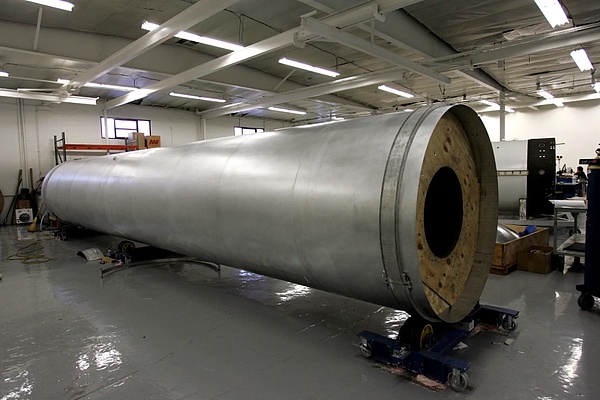
"This obviously touched his bottom line, and he responded, 'If it is true I ate my baseball hat for that much money,'" Cantrell recalled. So Musk began taking a closer look at the fuel tanks used by the trucking and oil industries, exploring whether they were cheaper than the storage tanks that big rocket companies relied on. In the end, SpaceX decided to purchase steel coils and weld the fuel tanks themselves, at a cost of only tens of thousands of dollars.
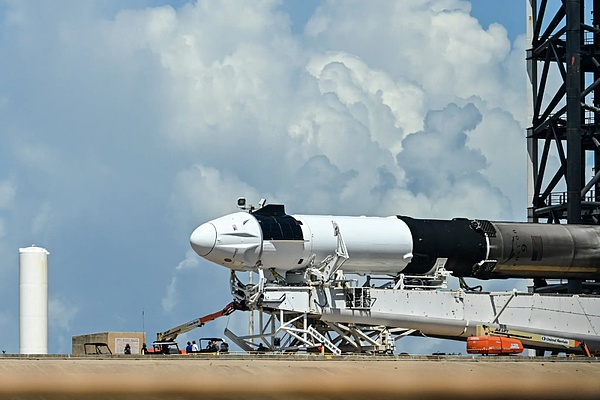
This move fully demonstrates Musk’s determination to reduce costs. It has also put a lot of pressure on some suppliers. For example, Chester Crone, an executive at aerospace parts manufacturer Moog, revealed that Moog sold SpaceX a mechanical drive for its early rockets. But after the initial purchase, SpaceX executives asked Moog to significantly reduce the price.
After being rejected, SpaceX offered to purchase the design drawings of the component and planned to manufacture it itself. Moog again declined the request, and SpaceX turned to other suppliers. "If Musk is not satisfied with a supplier's price, he will eventually find an alternative," Crohn said, adding that Moog has rarely sold parts to SpaceX since.
In 2010, SpaceX successfully launched the Falcon 9 rocket. The rocket's development and manufacturing costs are approximately $550 million, adjusted for inflation. Falcon 9 has now become SpaceX’s main rocket for all commercial launches. According to NASA estimates, the same rocket system would cost up to $4 billion if its traditional aerospace technology was used.
Musk’s move not only saved SpaceX a lot of money, but also promoted the vigorous development of the US commercial aerospace industry. Today, it costs about $2,600 to put 1 kilogram of cargo into orbit, compared with as much as $65,000 for NASA's retired space shuttle.
3 Camera PK LiDAR Sensor
After Musk became Tesla CEO in 2008, his low-cost strategy was promoted Electric vehicles play a key role in profitability. Traditional rivals like Ford and General Motors often face losses when selling electric vehicles.
Musk also uses cost-cutting measures to motivate employees. For example, when Tesla launched the Model Control is all-encompassing, and he will not hesitate to cut even trivial expenses to ensure that the company can survive when faced with difficulties.
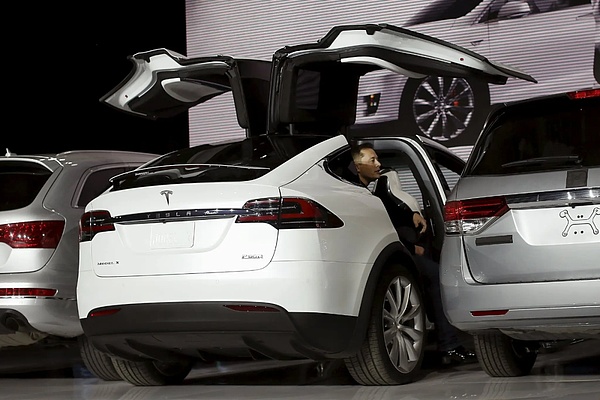
However, Musk's cost control strategies have sometimes caused controversy. Especially in Tesla's choice of autonomous driving technology, he insisted on using cameras to simulate the vision of human drivers and rejected radar sensors. This choice was primarily based on cost considerations, as cameras cost one-fifth or less of radar sensors.
In contrast, leading autonomous driving companies like Waymo use a combination of cameras, radar and lidar sensors.
Musk’s decision to insist on using camera technology has sparked safety controversy. The National Highway Traffic Safety Administration (NHTSA) is investigating Tesla's camera-driven Autopilot system to determine whether it contributed to four crashes, one of which also killed a pedestrian. Victims of these accidents or their families have filed multiple lawsuits accusing Tesla's technology of failing to recognize stop signs, other vehicles and obstacles, resulting in injuries and deaths.

Despite these controversies, Musk still sticks to his course. He reiterated in an investor call in April 2024: "The vision system is the core of human driving."
Tesla has been increasing investment in artificial intelligence and other research and development projects in recent years. . In the first nine months of 2024, Tesla's research and development expenditures have increased to US$3.3 billion, compared with US$2.9 billion in the same period last year. However, its revenue is growing faster, and R&D spending as a percentage of sales has fallen to 4.5% this year from 4.8% in 2021.
4 X employees were forced to bring their own toilet paper to work
After acquiring Twitter, Musk adopted a series of drastic reduction measures to save money. He first fired four top managers to save up to $128 million in salary expenses. However, the executives have sued Musk for severance payments.
The firing of senior executives is just the beginning of Musk’s reduction plan. He then called for large-scale layoffs before the company's year-end bonus is paid in November 2022. Despite eventual year-end bonuses, Twitter's headcount fell by more than 75% in the first six months he took over. These layoffs touched nearly every part of the company, resulting in a massive brain drain and causing widespread uncertainty and disruption.
In addition to layoffs, Musk is also working to cut more than $500 million in non-labor expenses. He personally flew to Sacramento, shut down one of Twitter's data centers, and expressed anger over rent negotiations with the property's owner. He even reportedly personally unplugged a server on site, forcing employees to reconfigure infrastructure and ship servers to the company's two remaining U.S. data centers during the holidays. Although this series of changes resulted in multiple outages, it ultimately saved the company more than $100 million in annual expenses.
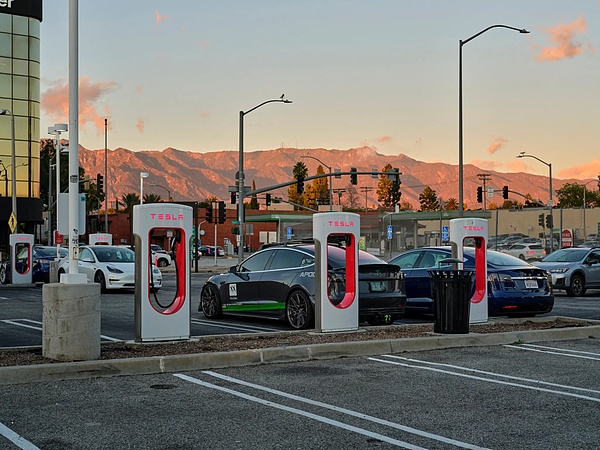
However, Musk's reduction measures sometimes appear too radical. He will at some point regret cutting too deeply and try to rehire some of the laid-off employees. For example, in April 2024, he brought back some Tesla employees, specifically those responsible for building charging stations, who had lost their jobs in his previous layoffs.
Despite this, Musk will not miss any opportunity to save money. He even stopped paying for cleaning services at Twitter's offices in December 2022, causing the office environment to deteriorate, with overflowing trash cans and a lack of toilet paper in the restrooms. At the company's New York office, employees even bring their own toilet paper to work and hang it in bathroom stalls on metal hangers.
 Weatherly
Weatherly














